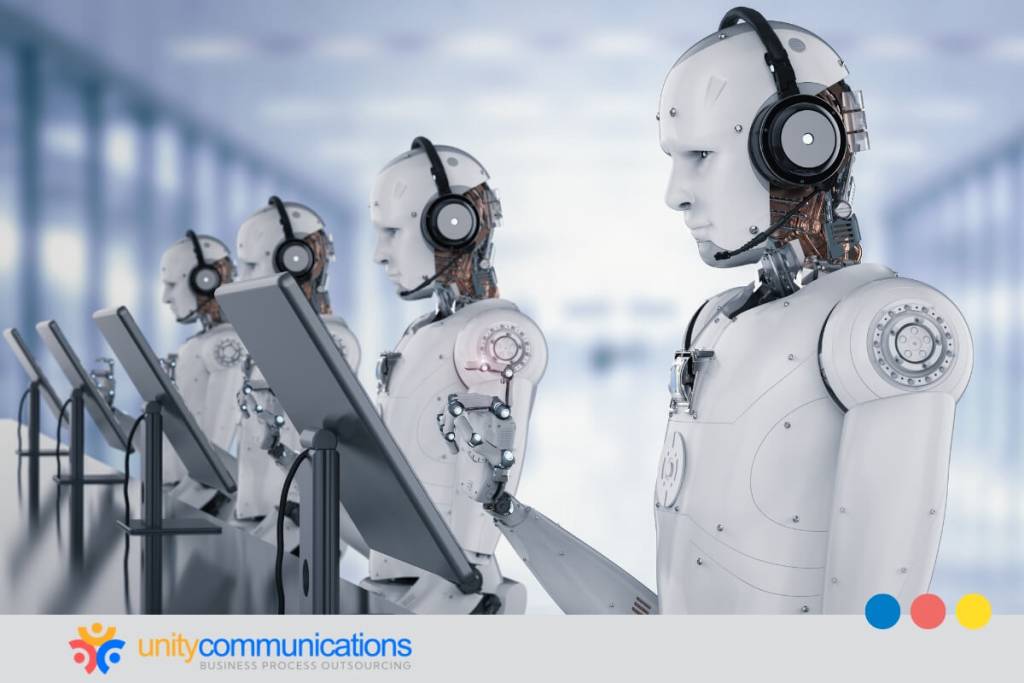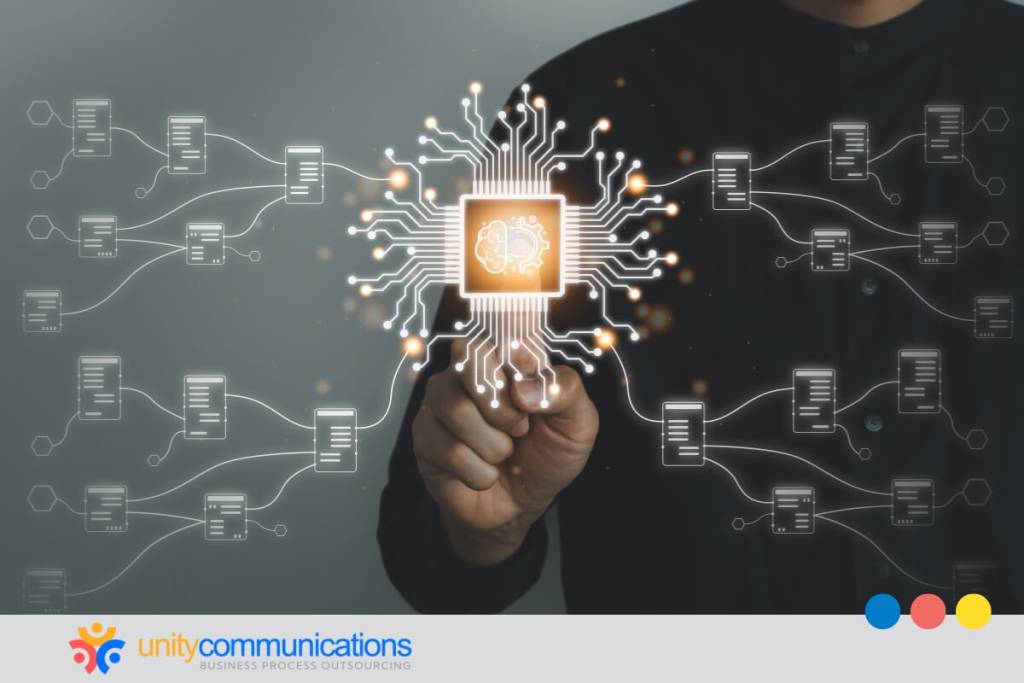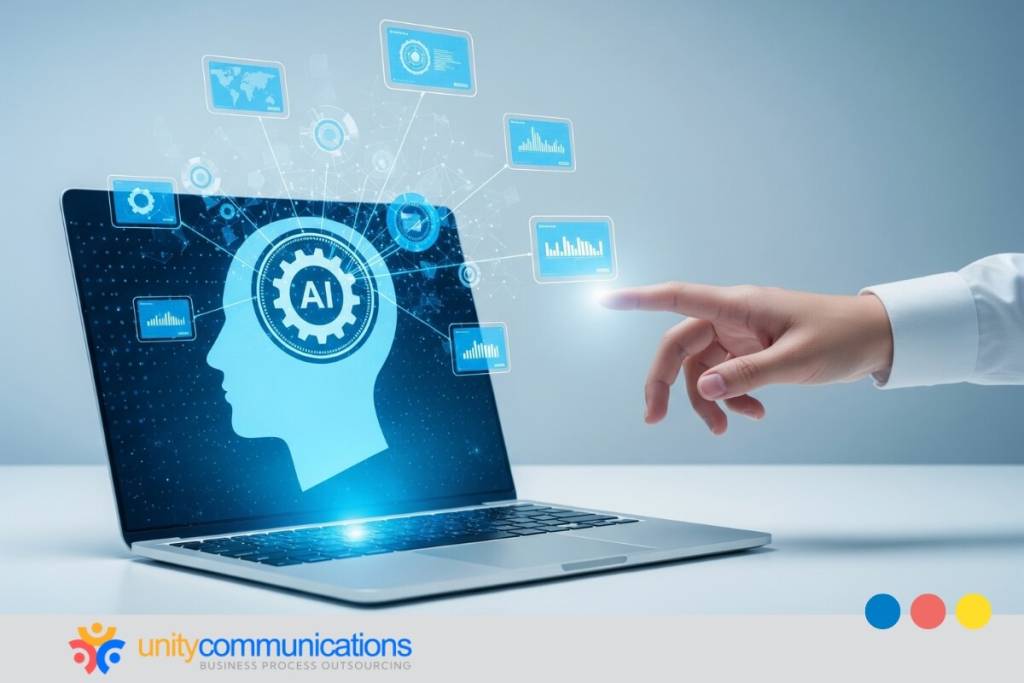Table of Contents
Cold outreach has always been challenging. Prospects are hard to reach, gatekeepers are tough to bypass, and the time investment for sales reps often outweighs the return. However, outbound sales remains one of the most reliable ways to fill the pipeline.
This is where AI outbound agents step in. They automate repetitive outreach tasks, personalize interactions, and work around the clock. AI agents make it easier for sales teams to build relationships and close deals faster.
In this article, you’ll discover eight practical strategies to maximize these outbound agents and drive measurable sales results.
1. Define clear campaign objectives for Al outbound agents
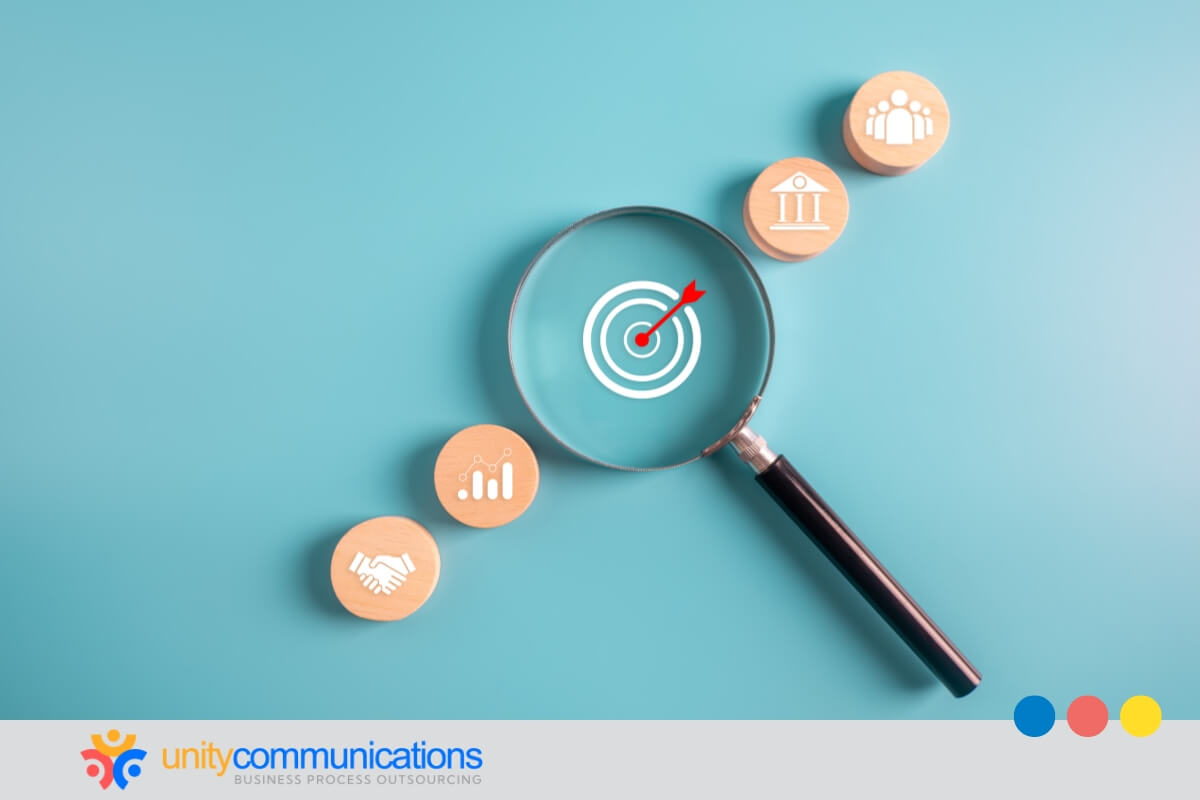
You must set clear campaign goals before deploying AI agents. Are you aiming to generate qualified leads, nurture warm prospects, re-engage dormant accounts, or simply test new messaging? Each objective requires a slightly different approach and should guide how you configure your AI agent.
An example of an AI agent for lead qualification would focus on gathering key details, such as budget, decision-making authority, and timeline, so human reps can step in at the right moment. By contrast, an agent programmed for re-engagement prioritizes personalized messaging that rekindles interest and opens the door for future conversations.
Defining your objectives upfront prevents your AI agents from simply making calls or sending messages without purpose. Clear objectives align them with your sales strategy and revenue goals.
2. Segment and prioritize the right accounts
One of the biggest challenges sales teams face is identifying high-quality prospects. Recent surveys show about 61% of businesses reported difficulty finding quality leads. Even the most advanced AI agents risk wasting time on low-potential contacts when you lack the right targeting.
Start by segmenting prospects based on firmographics, such as company size, industry, or location. You can also segment them based on buyer intent signals and engagement history.
From there, you can prioritize the segments most likely to convert. For example, you can program your AI outbound agent to focus first on accounts showing active interest before reaching out to colder leads. These accounts include recent website visitors or content downloaders.
By narrowing the playing field, you can guarantee that your AI agent spends more time engaging with promising prospects, increasing efficiency and driving stronger conversion rates.
3. Give agents modular messaging frameworks (not rigid scripts)
Generic pitches won’t cut it. Prospects expect conversations and emails that address their specific needs, challenges, and goals. Yet with traditional outbound methods, personalization is often inconsistent, which helps explain why the average cold call success rate across all industries is only 2.3%.
AI agents can help with that by working with well-designed messaging frameworks. These frameworks should include core talking points, value propositions tailored to different segments, and variations for common objections.
You can think of them as modular scripts. Your AI agent can adjust tone, emphasis, and content based on the prospect’s profile or previous interactions.
As a result, calls and emails sound less like mass outreach and more like one-to-one conversations, which give you a better shot at breaking through the noise.
4. Integrate agents to your CRM/sequencer and automate handoffs
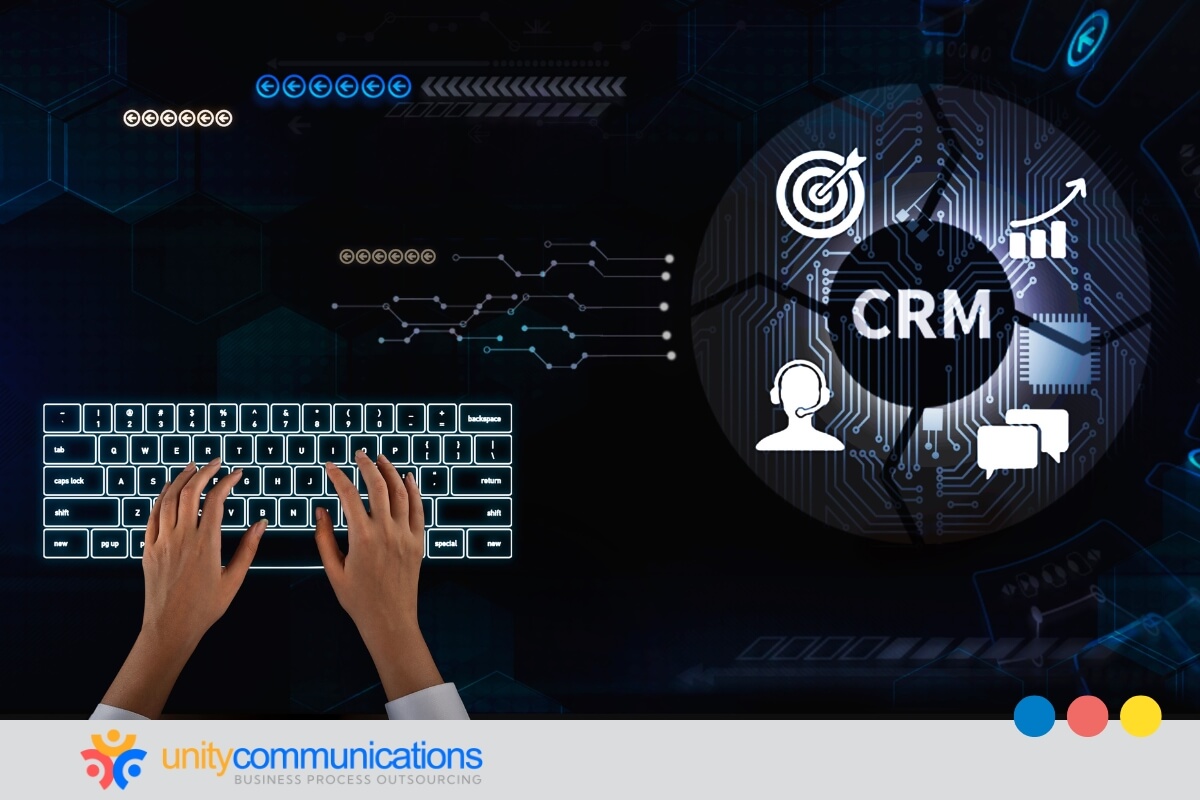
AI outbound agents offer the highest value when they don’t operate in isolation. To maximize their impact, you can connect them directly to your customer relationship management (CRM) and sales automation platforms. This ensures you capture every call, email, or interaction in real time. Your sales team also has complete visibility into prospect activity.
Integration also prevents wasted effort. For example, if your AI agent logs a successful conversation in the CRM, the system can automatically update lead status, trigger a follow-up sequence, or notify a human rep to take over.
One tip is to set up automated workflows where AI handles the initial outreach, while your CRM routes only qualified leads to your sales team. By linking AI outbound agents with the tools your reps already use, you create a seamless, efficient, trackable, and scalable system.
5. Schedule outreach to maximize response and conversion rates
Timing can make or break an outbound campaign. A well-crafted pitch can fall flat if it lands when your prospect is too busy to respond. Certain times of day and days of the week yield higher connection rates, which means scheduling is just as important as messaging.
AI agents give you an advantage here. They can analyze engagement data, test different outreach windows, and automatically adjust schedules to reach prospects when they’re most likely to pick up the phone or open an email.
To make scheduling work in your favor, keep these tactics in mind:
- Avoid Mondays and Fridays. Prospects are often catching up or winding down, making mid-week the best window for outreach.
- Target mornings or early afternoons. These times typically see higher answer and open rates compared to late afternoons.
- Stagger touchpoints. Don’t stack multiple calls and emails in the same day. Spread them out to stay persistent without being pushy.
- Use data to refine timing. Let your AI outbound agents track when prospects respond most often and automatically adjust schedules.
By aligning outreach with prospect availability, you increase the chances of moving conversations forward toward conversion.
6. Train Al agents on objection handling and follow-up
Even with good targeting and messaging, objections happen. Prospects might say they’re not interested, too busy, or already working with another provider. Instead of treating these as dead ends, you can equip your AI outbound agents with objection-handling frameworks that keep the conversation moving.
You can create a library of common objections and recommended responses. For example, if a prospect says, “We don’t have budget right now,” your AI agent could acknowledge the concern and shift focus to long-term value or schedule a check-in later. The goal is to sound helpful, not scripted.
Follow-up is equally important. You can train your omnichannel AI agent to continue the conversation across phone, email, or even social channels, always picking up where the last interaction left off. Persistence, combined with consistency, makes your outreach more credible and keeps prospects engaged over time.
7. Balance Al-driven outreach with human sales team collaboration

AI agents can handle repetitive tasks, but they can’t replace the human touch. Complex negotiations, high-value accounts, and relationship building still require the skills and intuition of your sales team. The key is finding the right balance between automation and human involvement.
A good technique is to set clear “handoff points.” You can let AI agents manage the initial outreach, qualification, and scheduling, then transfer the lead to a human rep once genuine interest is confirmed. This keeps both AI and sales teams focused on what they do best.
For many companies, partnering with a business process outsourcing (BPO) provider makes this easier. A hybrid BPO model blends human agents with AI technology, ensuring outreach remains efficient without losing the personal connection that drives conversions. This collaboration creates a scalable system that maximizes results while maintaining authenticity.
8. Optimize scripts and targeting strategies using performance data
AI agents need strong scripts and strategies to guide them. Optimization should never be a one-time practice. It should be continuous, driven by performance data and analytics.
You can track call connection rates, email open rates, and conversion ratios. Use this data to refine your scripts, shortening intros, testing new value propositions, or reordering talking points. At the same time, analyze which segments respond best so you can adjust targeting criteria for future outreach.
This data-driven approach is similar to how outsourcing works: continuous feedback loops, performance monitoring, and process adjustments ensure consistent improvement over time. Applying the same mindset to AI agents allows you to fine-tune messaging and targeting until they hit peak performance.
The bottom line
Using AI for outbound sales isn’t about replacing people with machines. Instead, it gives your team the tools to work smarter. From automating repetitive tasks to personalizing outreach and capturing insights, AI outbound agents strengthen the sales process while leaving the relationship-building to your human staff.
Success comes from identifying your team’s biggest pain points, setting clear goals, and choosing the right tools and strategies to support them. For many organizations, the fastest way to get there is by partnering with a hybrid BPO provider.
If you want a hybrid AI + human model that books more meetings with less effort, let’s connect.

